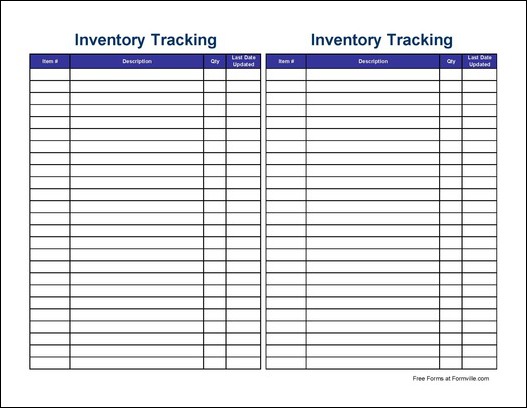5 Simple Ways to Keep Track of Paperwork

Keeping track of paperwork can often feel like a daunting task. With documents piling up on your desk and digital files scattered across different folders, it's easy to lose sight of what's important. Whether you're managing a small business, keeping on top of personal finances, or just trying to declutter, having an efficient system for managing paperwork is essential. Here are five simple, yet effective, ways to manage and keep track of your paperwork:
1. Digitize Your Documents

Going digital is one of the best ways to reduce clutter and streamline your document management process.
- Use a Scanner: Invest in a good quality scanner to convert physical documents into digital files. You can either scan directly to cloud storage or save them on your local computer.
- Choose the Right File Format: PDFs are universal and maintain document integrity better than many other formats.
- Cloud Storage: Services like Google Drive, Dropbox, or Microsoft OneDrive offer vast storage options where you can access your documents from anywhere, at any time.
💡 Note: Remember to backup your digital documents regularly to avoid data loss.
2. Implement a Naming Convention

Once your documents are digital, naming them in a consistent and descriptive way is crucial for easy retrieval:
- Date Format: Use a consistent date format, e.g., YYYY-MM-DD.
- Keywords: Include key words related to the document’s content. For example, “2023-09-01_Invoice_Smith”.
- Avoid Spaces: Use underscores or hyphens instead of spaces to make file names more searchable.
- Batch Processing: When saving multiple documents at once, use batch renaming tools to streamline the process.
3. Organize Documents into Categories

Sorting your paperwork into categories makes it much easier to find what you need when you need it:
- Financial: Receipts, invoices, tax documents, bank statements.
- Legal: Contracts, leases, licenses, insurance policies.
- Personal: Medical records, educational certificates, personal identification documents.
- Work Related: Meeting notes, project documents, emails, reports.
📁 Note: Regularly review your categories and update them if necessary to avoid redundancy.
4. Use Document Management Software

There are numerous software solutions designed to help manage documents:
- Paperless Office Software: Tools like Evernote, OneNote, or Adobe Acrobat Pro DC offer robust tools for organizing, annotating, and searching documents.
- ERP Systems: For businesses, integrating document management with an ERP system can automate much of the process.
- Integration: Ensure your software can integrate with your existing tools or platforms for seamless workflow.
5. Schedule Regular Reviews and Purges

It’s not enough just to store documents; you must also manage them actively:
- Set Review Dates: Determine how often you should review documents. Monthly or quarterly reviews can prevent clutter buildup.
- Purge: Discard or archive documents that are no longer relevant. Follow legal requirements for retention periods.
- Use Reminders: Calendar alerts or task management apps can help keep you on track with your reviews.
Summarily, maintaining an organized system for paperwork involves both the technological solutions and a commitment to regular maintenance. By digitizing documents, applying a systematic approach to file naming, organizing into categories, utilizing document management software, and scheduling regular reviews, you can ensure that important papers are always at your fingertips while keeping chaos at bay.
What should I do if I lose an important document?

+
If you lose an important document, immediately contact the issuer or look for a backup if you have one. If digital, check cloud storage for backups, and consider reinstating or requesting a duplicate from the source.
How often should I update my document management system?

+
Regular updates are key. At minimum, perform a review and update quarterly to ensure your system remains effective and relevant to your needs.
Can I shred my physical documents once they are digitized?

+
Yes, once you have confirmed that the digital copies are backed up and in good condition, shredding documents that do not need to be retained can help reduce physical clutter.